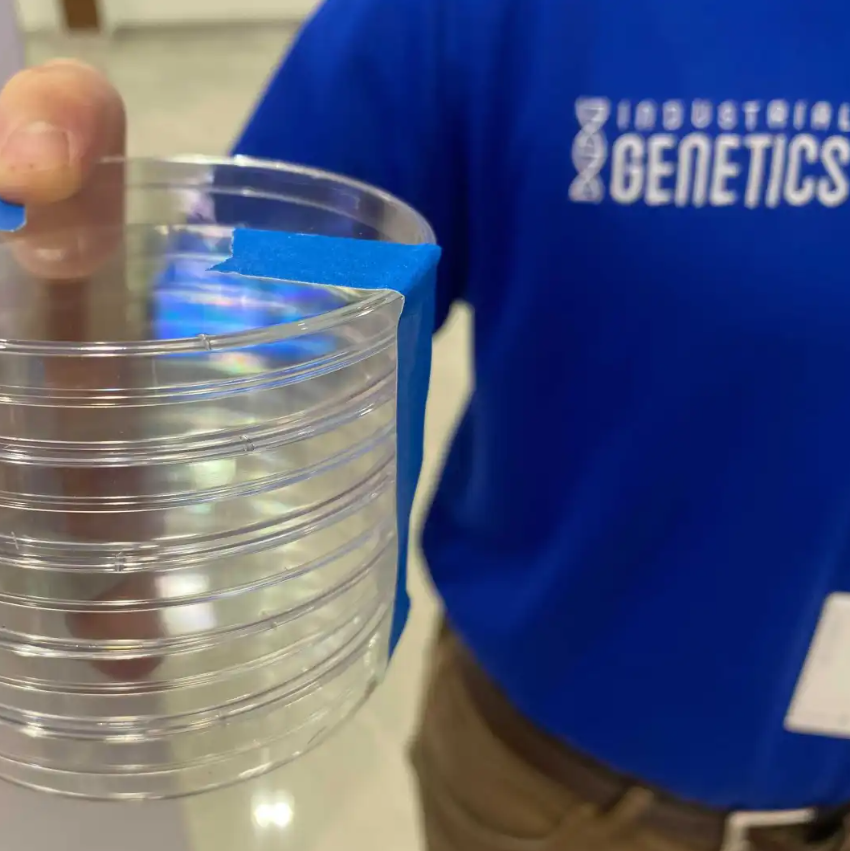by: Todd Bailey
A local consortium is already turning results in the fight against COVID-19 months after its inception.
The Texas Global Health Security Innovation Consortium, organized by the Austin Technology Incubator, made a collaboration of companies possible to conduct a demonstration at a local company.
“We wanted to have a solution that was going to be usable over and over again that would work within the culture of commercial building industry and be effective,” Panache Development & Construction president Adam Zarafshai said.
The company assembled Texas Air Industries and others to solve a problem they had: COVID-19.
Shahram Shafie, an Austin technology entrepreneur with Texas Air Industries, and other engineers demonstrated an ozone disinfecting system Wednesday afternoon at Panache’s main office in east Austin.

Panache essentially agreed to become the guinea pig for the new technology. Texas Air Industries engineered and designed the system’s hardware. It utilizes ozone, a natural antioxidant with a density greater than air. Ozone kills bacteria, fungi and viruses including COVID-19.
The gas is used by airlines and hospitals, but Texas Air Industries is focusing on commercial buildings, which in turn will allow companies’ employees to keep working at their physical offices.
“The reality is, the office buildings, even as I speak with you today, even office buildings with all tenants in them, most of the people are not there. Very few people go in and out of the building. They don’t feel comfortable, they don’t feel safe,” Zarafshai said. “We wanted to address that concern.”
Industrial Genetics is helping with development. They provided the testing and verification during the demonstration, which is able to show the ozone gas’ effect on the bacteria. They did not use COVID-19, but rather Escherichia coli and Escherichia virus MS2, which the company states are safe for testing.
“If they can kill this virus, they can kill coronavirus,” Founder David Sprague said.
Sprague’s team set up Petri dishes with measured amounts of viruses around different workspaces at Panache. Test strips accompanied the dishes to show ozone exposure. Then, Texas Air Industries pumped ozone gas into those selected rooms. A light attached to a gas transmitter showed red or green depending on if ozone concentrations were safe for attendees to enter or not. Afterward, Industrial Genetics gathered the dishes to take back to their lab and test for DNA degradation.
Behind the system
The disinfecting system implements ozone gas into pre-existing and new HVAC systems, being able to disinfect an entire building on a daily basis.
Texas Air Industries already has one customer: Tech 3443, a property management company located in Austin. Their building is being constructed with the system installed.
However, purchasing and installing a system is a little tricky. A candidate must conduct an engineering study of its current HVAC system. If it’s a good fit, then a company can go ahead and purchase it. After installation, the company must maintain the disinfection system once a year to calibrate the sensors and change the filter material.
“I think for the future I am excited about the potential of what ozone can do for businesses,” Sprague said. “My whole push, this entire time we’ve been through this whole COVID experience, has been from a perspective of keeping businesses operating, because right now we have a couple of wide ranges of responses: we have people who don’t think it’s real, and then you have people like me who tends to stay home a lot, and I think that there’s maybe a middle ground with more data that you can find a happy medium, and my goal is to keep businesses functioning.”
It takes a team
Representatives from global commercial building investments, management, and large local architecture firms attended the demo. Invitees were limited to manage social distancing. Those who attended include:
- Avison Young
- Corgan Architects (Joe LaRocca)
- Cushman and Wakefield
- Dell Butler, senior director of facilities for Williamson County
- Dr. Ruben Rathnasingham, Head of UT Dell Medical Innovation
- GenXComm (Dr. Vishwanath)
- GSC Architects
- Hines Development (Dallas)
- Industrial Genetics (Dr. David Sprague)
- KGA Design (Luma Jaffar)
- Mint Engineering
- Texas Air Industries (Fred Jafari & Shahram Shafie)
- Texas Global Health Security Innovation (Dr. Lisa McDonald)
- Trane Technologies (US operation)
- Well Med (Dr. Fara Ranjbaran)
If you’re a company interested in purchasing the ozone disinfecting system, you can contact Texas Air Industries. Systems cost roughly $40,000 for a 20,000 square-foot building.





